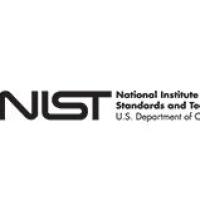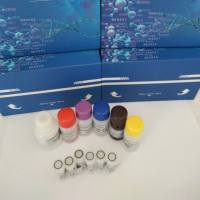Quantifying Pseudomonas aeruginosa Quinolones and Examining Their Interactions with Lipids
互联网
700
Pseudomonas aeruginosa produces a quorum sensing molecule termed the Pseudomonas Quinolone Signal (2-heptyl-3-hydroxy-4-quinolone; PQS) that regulates an array of genes involved in virulence. This chapter addresses four related techniques useful for detecting and quantifying PQS. First, extraction of PQS from complex mixtures (e.g. cell cultures) is described. Separation of PQS from extracts by Thin-Layer Chromatography (TLC) is used in combination with the natural fluorescence of the molecule for quantification. A second separation technique for the PQS precursor HHQ using High-Performance Liquid Chromatography (HPLC) is also described, and this assay exploits the molecule’s characteristic absorbance for quantification. A third method for quantification of PQS from simple mixtures (e.g. enzyme assays) using fluorescence is outlined. Finally, a protocol for determining PQS interactions with membrane lipids through Fluorescence Resonance Energy Transfer (FRET) is presented. These techniques allow for quantification and characterization of PQS from diverse environments, a prerequisite to understanding the biological functions of QS molecules.







